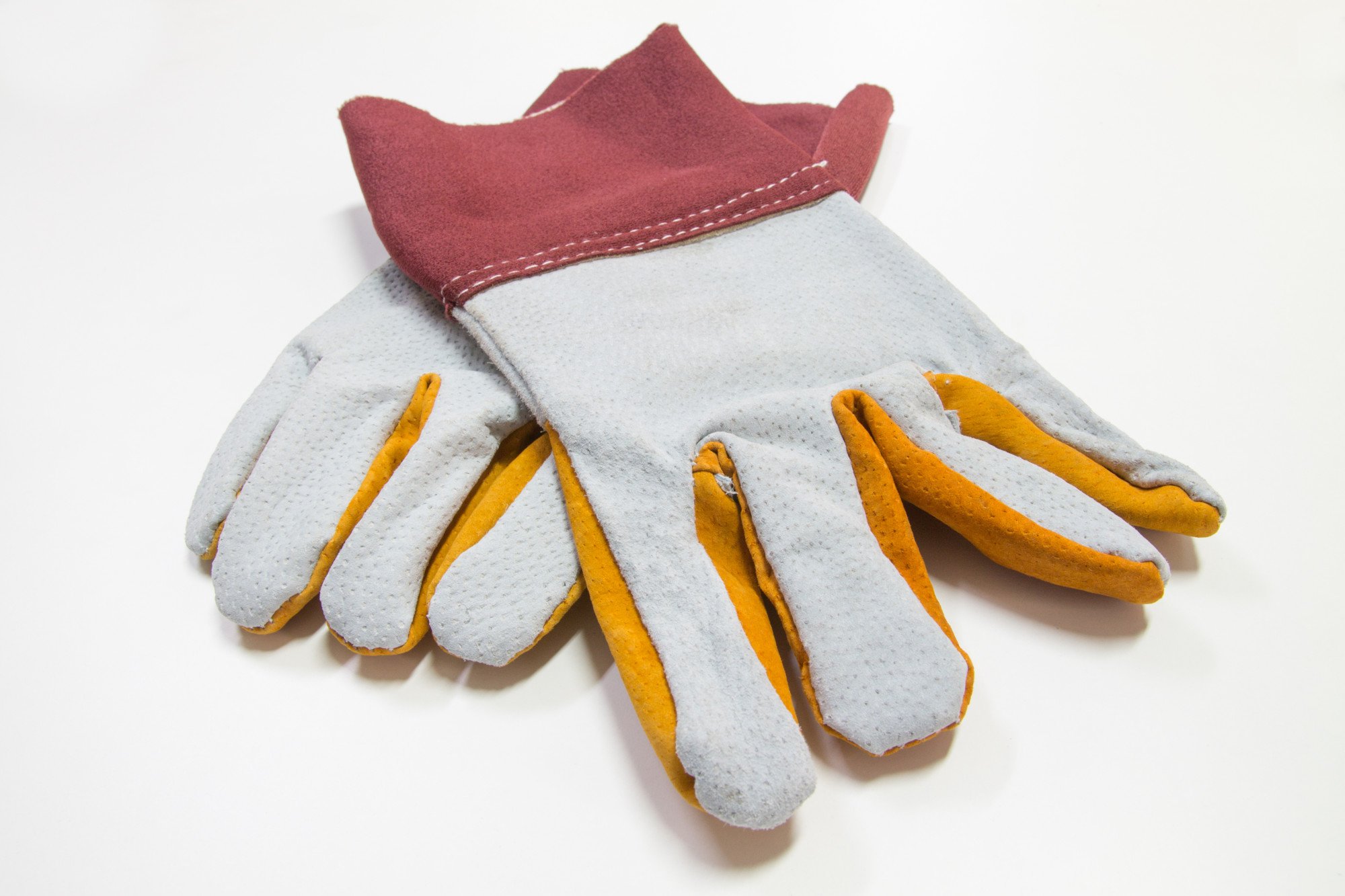Welding is a universal industry that grows by a full 6% every year.
In other words, there are a lot of welders out there. But without the proper safety equipment, this can be a dangerous job.
One of the most important safety features is welding gloves. That’s why we’ve put together this guide to help you learn how to choose the best welding gloves for your needs.
So let’s get started!
What Type of Welding Are You Doing?
Before you can pick out the right welding gloves, you have to think about the type of welding you’re doing.
Some types of welding get hotter or create more sparks than others, but not all welding gloves are the same. You have to get a pair that can withstand your welding conditions.
So here’s a quick breakdown of the types of gloves you’ll need for these three main welding styles.
TIG Welding
TIG welding, or tungsten inert gas welding, demands a lot of precision. Since this type of welding is very technical, you need flexibly gloves that have a lot of finger sensitivity.
Gloves made of goat or pig hides can give you these features.
MIG Welding
MIG welding, or metal inert gas welding, creates a lot more sparks than TIG welding. Because of this, you’ll want thicker gloves that still give you some amount of dexterity.
You’ll want to buy gloves made of pig, cow, or deer hides.
Stick Welding
Stick welding, like MIG welding, creates a lot of sparks, but it also generates a much higher level of heat. This means you’ll want gloves with a thick layer of insulation.
Shop for gloves made of cow or elk hide.
What to Look for in a New Pair of Welding Gloves
Now that you know the basic type of glove you’ll need for your welding style, let’s break down what you should be looking for in every pair.
Here’s what you need to know.
Material
Welding gloves can be made of several different materials. Each material gives you a different amount of protection or dexterity.
Here are a few examples.
Goat Hide
Goathide is one of the softest welding glove materials. Despite its flexibility, it still has a lot of tensile strength.
Pighide
Pigskin is tougher than goat hide, but not quite as tough as cowhide. It provides enough protection for Stick and MIG welding while still having the flexibility needed for TIG welding.
This material also stands up to wet or oily conditions.
Cowhide
This is the most popular material for welding gloves since it is durable and comfortable at the same time. However, cowhide is bulkier than other welding glove materials, so you shouldn’t use cowhide for TIG welding.
Horsehide
Horsehide is a much less common type of glove material. Although tough, this material provides a lot of dexterity, which makes it a good fit for TIG welding.
Deerhide
This is a soft hide that tends to be more comfortable than other Welding glove materials. Since it is supple and flexible, deerskin is another good choice for TIG welders.
Elk Hide
Elk hide is resistant to high levels of heat. Because of this, it’s a good material for MIG and Stick welding.
Insulation
Insulation is another important feature of any pair of welding gloves.
The insulation in most welding gloves is made of cotton, fleece, foam, or aluminized liner. This insulation prevents the high heat levels from burning your hands. That’s why Stick and MIG welding require thicker, more insulated gloves than TIG welding.
It’s important to remember the insulation is highly flammable. If your welding gloves ever rip or wear out, you should buy a new pair right away.
Welding with a damaged pair of gloves can be extremely dangerous.
Stitching
Before you buy a pair of gloves, make sure the stitching isn’t made of cotton. This material can burn away and make the gloves fall apart.
The stitching should also follow the natural shape of your hand. This will make bending your fingers and palm easier.
Size
There are one-size-fits-all welding gloves out there, but you should stay away from them.
Buying a pair of gloves that fits you well will give you more control when you’re welding. You should take the time to try on different sizes before you buy anything. Many stores sell extra-small to extra-large sizes.
Dexterity
If you can’t move your fingers while wearing your welding gloves, they won’t do you much good. This is especially true if you are a TIG welder.
But it can be hard to tell which gloves have the dexterity you need simply by putting them on. That’s why you should try the coin test.
Put a coin (or two) on the ground. Then put on a pair of welding gloves and see if you can pick the coin back up.
If you have trouble grabbing the coin, you might need to find a thinner, more flexible glove.
Logo
If you’re a business owner, you should consider branding them with your company logo or slogan before handing out your new gloves to your employees.
Why?
Seeing the logo every day will increase brand recognition. But employees love branded swag. Giving them their own pair of branded welding gloves can actually improve your company culture and promote your values.
How to Pick the Best Welding Gloves for You
Picking the best welding gloves starts with understanding what type of welding you do. Once you know the differences in welding styles, you can pick gloves made from the right material and with the proper insulation.
Need to buy some safety gloves as well?
Make sure you click here to learn what to look for when buying safety gloves.


